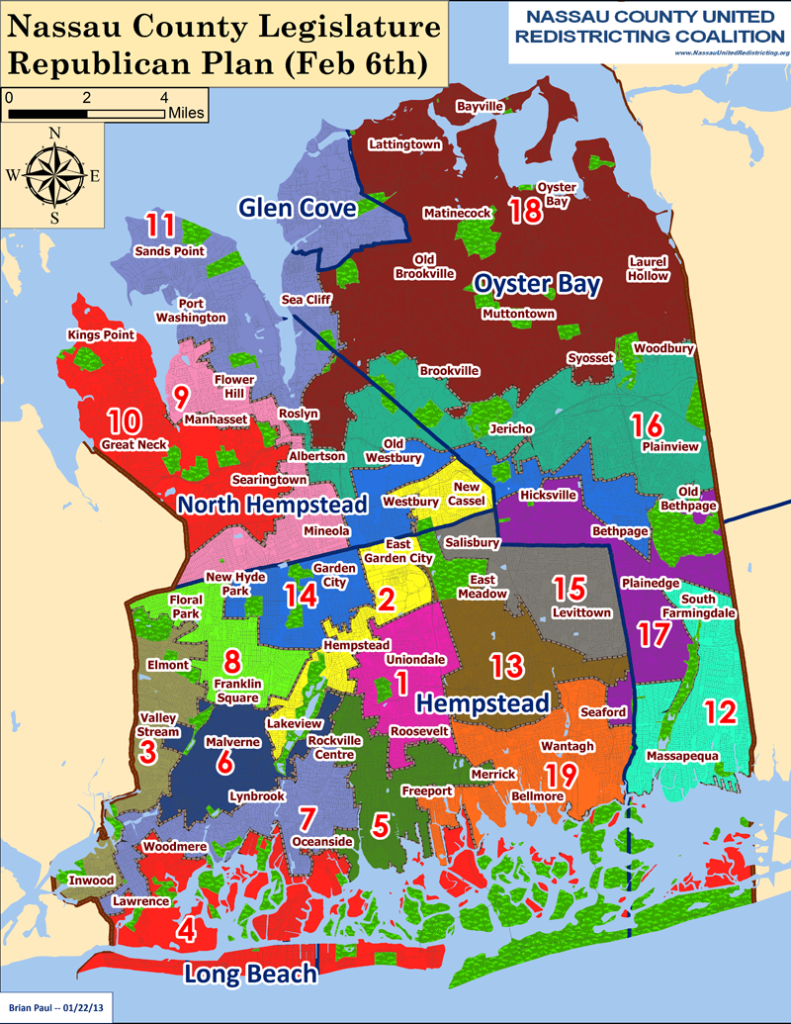
Have you ever seen a map that has ink blots, dinosaurs, squares, rectangles, giraffes and many other odd species?
The only people who have seen that map are elected officials at the federal, state, county and town levels.
That strange map with all the weird characters is called a redistricting map.
The average voter wouldn’t have a clue about the subject of the abuse of legislative reapportionment, which history books call “gerrymandering.”
That process was not named after me, but rather is connected to Massachusetts Governor Elbridge Gerry, who in 1812 signed the first map drawing district lines that favored one political party over another.
Since that time Mr. Gerry has been the symbol of how political parties create legislative districts that in many cases rob the voters of any real choice when they go to the polls.
Once every 10 years, when the U.S. Census is completed, various legislatures are required to draw up new districts for candidates to run for office, but very often there is little or no competition. If you looked at a typical map of an election district in your community, its shape would resemble a flying fish, a dinosaur or any of the different forms that I had described.
The odd shapes exist in order to make sure that one party’s candidate has a vast advantage over a challenger.
Perhaps the best example of how a map can be turned into an odd shape is the Congressional district once represented by Congressmen Gary Ackerman and now the home district of Congressman Tom Suozzi.
The district snakes along the Long Island Sound and from time to time jumps over parts of the Sound and eventually ends up in eastern Queens.
That district was the product of a bipartisan deal to protect the Democratic and Republican House members on Long Island.
If you live in the towns of Hempstead or North Hempstead, your Council members that represent legislative districts that were drawn to protect the candidates of the majority party.
In Town of Hempstead the Republicans have the majority of the districts.
Only one is held by a Democrat and that district is drawn to capture as many Democratic minority voters as possible.
Up to now that has been the system for drawing districts all over America, but that may not be the case for too long. The U.S. Supreme Court has two cases before them involving challenges to legislative maps in Pennsylvania and Texas.
The lower courts have told both states that their legislative maps are so biased against certain voting groups that they must be redrawn completely to give various communities a better chance to elect an official that reflects the demographics of their areas.
If the Supreme Court decides that gerrymandering is illegal, sometime after 2020, the maps will be drawn by independent panels who will ignore the wishes of the political parties in power.
That means that you the voters, in the rigged districts, might get better and fairer choices on Election Day. I guess that is what democracy is supposed to be about.



































